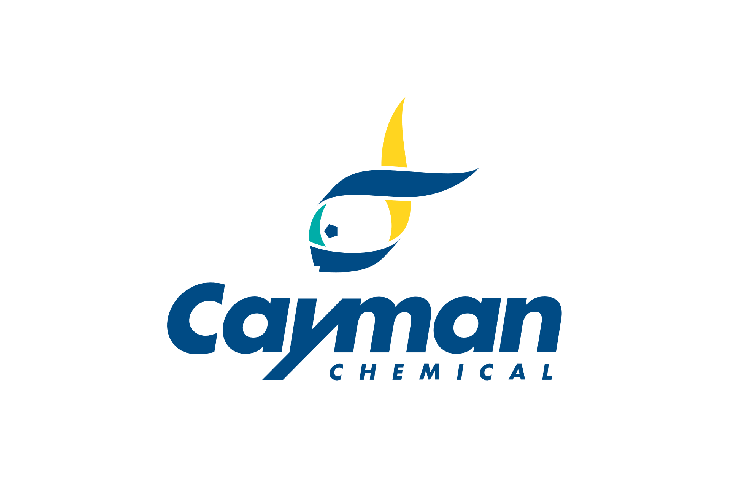Product description
LDL receptor (LDLR) is a cell surface glycoprotein that scavenges LDL from the blood and regulates plasma LDL levels.{13847} It is composed of an N-terminal signal sequence, a ligand-binding domain, an EGF precursor homology domain, an O-linked glycosylation domain, a transmembrane region, and a C-terminal cytoplasmic tail. LDLR is primarily expressed in the liver but is also found in the adrenal cortex.{13846} It mediates the endocytosis of LDL by binding to apolipoprotein E (ApoE) or ApoB on the LDL surface, thereby supplying cholesterol to cells.{13847} Protein levels of LDLR are decreased in HepG2 cells expressing proprotein convertase subtilisin kexin 9 (PCSK9).{13135} Knockout of Ldlr increases plasma levels of cholesterol and triglycerides and induces the formation of atherosclerotic lesions in mice.{9904} Mutations in LDLR are associated with familial hypercholesterolemia.{13160} Cayman's LDL Receptor Polyclonal Antibody - Biotinylated is composed of an LDLR polyclonal antibody conjugated to biotin and can be used for immunocytochemistry (ICC) and Western blot (WB) applications. This antibody recognizes LDLR at approximately 100 to 160 kDa from human, mouse, and rat samples.
Specifications
Applications
WB, ICC
Host
Rabbit
Supplier
Cayman Chemical
Shipping & storage
Shipping condition
Dry Ice
Storage temperature
-20°C
Do you have any questions about this product?
Order your product by email
Productname
LDL Receptor Polyclonal Antibody - Biotinylated
22727-50
By filling out this form, you are placing an order by e-mail. You will receive an order confirmation within one working day. The order cannot be modified after receipt of the order confirmation.
Request a sample
Productname
LDL Receptor Polyclonal Antibody - Biotinylated
22727-50
By filling out this form, you request a sample. You will receive an order confirmation within one working day. The order cannot be modified after receipt of the order confirmation.
Are you looking for specific products, alternatives or documentation?












